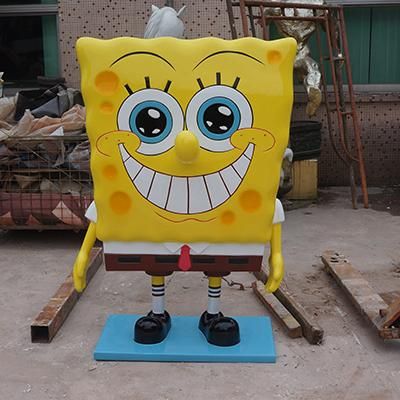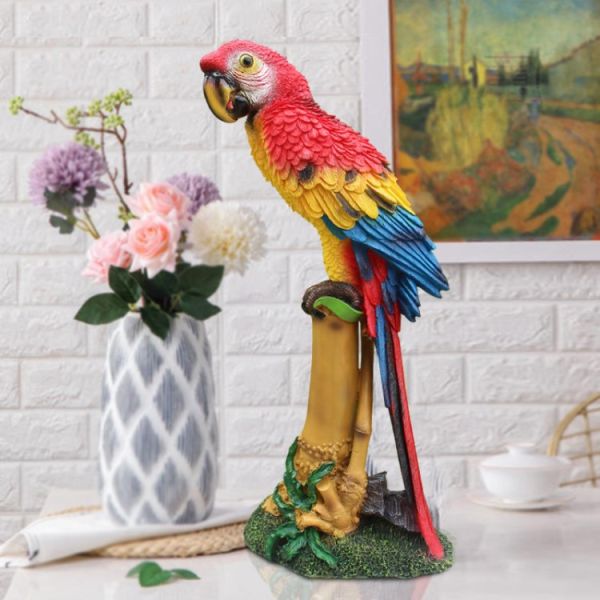Due to the FRP material’ plasticity, corrosion resistance, design and techniques attributes, they are used in many industries. How long is the shelf life of the FRP sculpture? Professional sculpture manufacturers did a lot of research experiments on FRP material, painting surface, protection measures and other aspects, and summarize the most important impacts as followings.
1. Fiberglass
Fiberglass is the main bearing part of sculptures, which can not only improve the strength and elastic effect, but reduce the shrinkage or deformation situations, improve the thermal deformation temperature and low temperature impact strength. 306 # polyester resin cast added with 50% glass cloth, the tensile strength increased from 50MPa to 200MPa, and the tensile modulus increased from 3.9 GPa to 14 GPa.

2. Synthetic resin
Synthetic resin is the matrix of fiberglass, by which the glass fiber bonded into a whole. The quality of synthetic resin directly affects the shelf life of FRP sculpture. So the resin plays an important role in the strength of FRP, especially the compressive, bending, torsion and shear strength. The resin is a matrix material, it has an impact on the elastic modulus, heat resistance, electrical insulation, head electromagnetic wave resistance, chemical corrosion resistance, climate resistance and aging resistance of FRP.

3. Interface
The split interface between any two materials. The performance of FRP sculpture largely related to the quality and durability of the fiber and resin interfaces’ adhesion. As we all know, glass fiber is a kind of cylindrical glass, the surface is as smooth as glass, firmly adsorbed a thin layer of water film, which of course will affect the bonding properties of glass fiber and resin. By covering the glass fiber surface with a layer of surface treatment agent, the glass fiber and resin firmly bonded together. This method is an effective way to improve the basic performance of FRP, which is vigorously studied and adopted around the world.
4. Environment
Outdoor sculptures need to be repaired in about two years, while indoor sculptures can serve 8 to 10 years. Different manufacturers may use different material matching processes, and the painting of the surface protective layer also have different effects, also may influence the length of service life.

